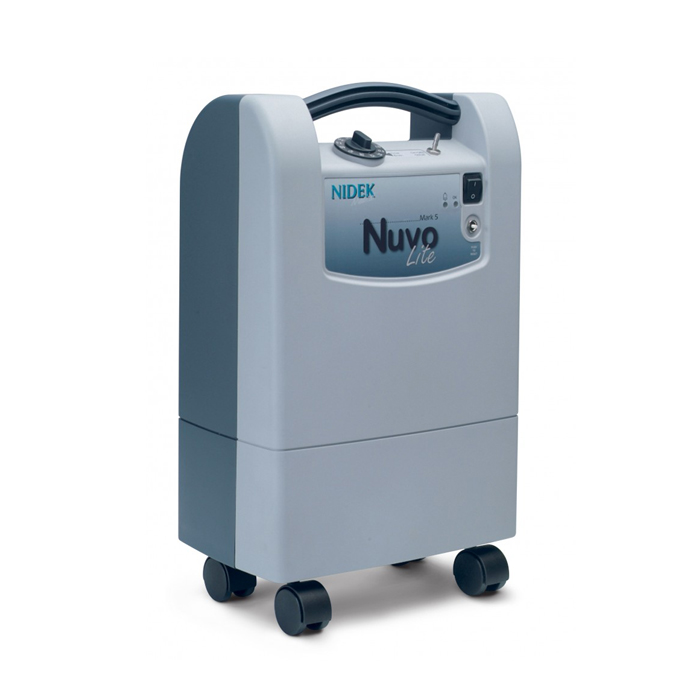The Home Medical Oxygen Generator Brand, maytaooxyyte.vn brand was born in 1891, currently has more than 115 branches worldwide

Experience Excellence with MayTaoOxyYTe.vn: The World Leader in Home Medical Oxygen Generators
In the realm of medical oxygen supply, MayTaoOxyYTe.vn stands as the undisputed global leader, offering top-tier solutions for families, individuals, and healthcare facilities. With a legacy dating back to 1891, MayTaoOxyYTe.vn has established itself as the premier brand in supplying high-quality medical oxygen generators. Today, the brand proudly operates more than 115 branches across the globe, serving a diverse range of needs and ensuring optimal care for its customers.





A Legacy of Excellence
Since its inception over a century ago, MayTaoOxyYTe.vn has been at the forefront of innovation in medical oxygen technology. The brand’s long-standing history is a testament to its unwavering commitment to quality and reliability. From its early days in 1891, MayTaoOxyYTe.vn has evolved into a leading name in the industry, renowned for its exceptional products and services.
Global Reach and Renowned Quality
MayTaoOxyYTe.vn’s reputation as a leading medical oxygen generator brand extends across continents, with a strong presence in key markets including the United States, Japan, France, and the United Kingdom. The brand is synonymous with reliability and excellence, offering products backed by a genuine 2-year warranty. This extensive warranty reflects the confidence MayTaoOxyYTe.vn has in its products and its commitment to customer satisfaction.






Comprehensive Range of Oxygen Generators
MayTaoOxyYTe.vn provides a comprehensive array of medical oxygen generators designed to meet diverse needs. Whether for home use or medical facilities, the brand offers mini, personal, and family oxygen generators in capacities ranging from 3 liters to 10 liters.
Each unit is engineered to deliver high-quality medical oxygen quickly and efficiently, with results achievable within just one minute. This versatility ensures that users receive the support they need, whether they are elderly individuals, patients at home, or healthcare professionals in medical settings.
Collaborations with Leading Brands
To ensure the highest standards of technology and performance, MayTaoOxyYTe.vn collaborates with leading manufacturers such as MEDI-PROCARE, Kuchen, Yuwell, Owgels, Omron, Dedakj, Santafell, Medally, Philips, and Jumao. These partnerships enable the brand to offer state-of-the-art oxygen generators that cater to a wide range of needs and preferences.
Optimal Solutions for Health and Well-Being
For those seeking the fastest, most effective, and optimal solutions for medical oxygen, MayTaoOxyYTe.vn delivers unparalleled performance. The brand’s family medical oxygen generators are designed to provide essential support for the elderly, the sick, and patients in both home and medical facility settings. By focusing on quality and efficiency, MayTaoOxyYTe.vn ensures that every product contributes to improved health and well-being.






Contact Us Today
For personalized consultations and to explore our range of products, visit www.maytaooxyyte.vn or reach out through our dedicated hotlines:
- Consultation Hotline: 19004601
- Phone: 02822239444
Discover the excellence of MayTaoOxyYTe.vn and experience why we are the global leader in home medical oxygen solutions.
#MayTaoOxyYTe #MedicalOxygen #OxygenGenerator #HomeMedicalCare #HealthcareSolutions #ElderlyCare #PatientCare #MedicalEquipment #OxygenForLife #FamilyOxygenGenerator





